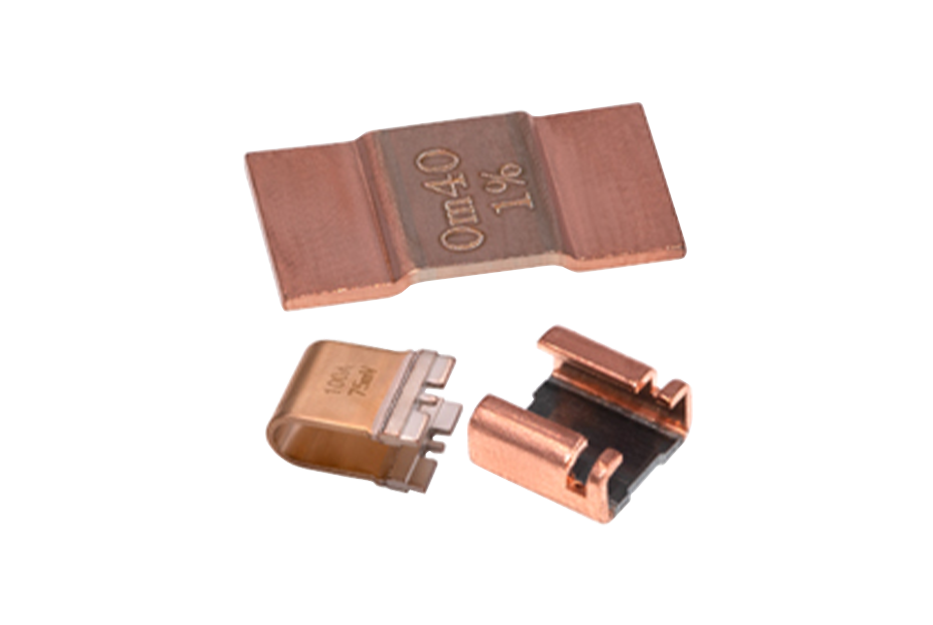List of alloy resistance selection models and online purchase address: click on the image to enter
hnstshop.com/product-list/R08-p1-l10.html" target="_blank" rel="noopener">
Constantan alloy resistance is a commonly used resistance material with many characteristics and advantages. This article will introduce the characteristics of constantan alloy resistors from several aspects.
Firstly, the resistance of constantan alloy has a lower temperature coefficient of resistance. The temperature coefficient of resistance refers to the proportional relationship between the change of resistance value and temperature. The temperature coefficient of the resistance of constantan alloy is relatively small, indicating that its resistance value changes less during temperature changes and has higher stability. This makes constantan alloy resistors suitable for high and low temperature environments, and can maintain stable resistance values under extreme conditions.
Secondly, constantan alloy resistors have high resistance accuracy. Resistance accuracy refers to the deviation between the resistance value and the nominal value. The manufacturing process and material characteristics of constantan alloy resistors enable them to have high accuracy and meet the requirements of precision instruments and equipment for resistance accuracy. In the fields of electronics and communication, constantan alloy resistors are widely used for precise adjustment and calibration of circuits.
Thirdly, the resistance of constantan alloy has a lower temperature rise characteristic. The temperature rise characteristic refers to the temperature rise caused by the heat generated by the current passing through the resistor during operation. Due to the excellent thermal conductivity of the material and the rationality of its structural design, constantan alloy resistors can effectively dissipate heat and reduce temperature rise. This enables the constantan alloy resistor to maintain a stable resistance value under long-term high load operation, improving the reliability and lifespan of the circuit.
Fourthly, the resistance of constantan alloy has a small temperature drift characteristic. The temperature drift characteristic refers to the instability that occurs when the resistance value changes with temperature. The material characteristics and manufacturing process of constantan alloy resistors enable them to have less temperature drift and maintain relatively stable resistance values at different temperatures. This makes constantan alloy resistors suitable for applications that require operation in different temperature environments, such as automotive electronics, aerospace, and other fields.
Fifth: Constantan alloy resistance has high corrosion resistance. The material composition and surface treatment of constantan alloy resistors provide excellent corrosion resistance. In humid, acidic, alkaline and harmful gas environment, constantan alloy resistance can maintain good performance and long-term stability. This enables constantan alloy resistors to be applied to various harsh environments in circuits and equipment.
In summary, constantan alloy resistance has a lower resistance temperature coefficient, higher resistance accuracy, lower temperature rise characteristics, smaller temperature drift characteristics, and higher corrosion resistance. These characteristics make constantan alloy resistors widely used as resistance materials in many industries. In the future, with the continuous progress of technology and changes in demand, constantan alloy resistors will continue to develop and innovate, providing better performance and reliability for circuits and equipment in various fields.
